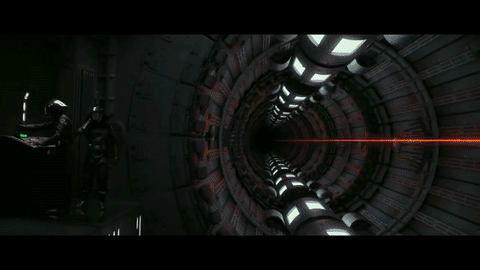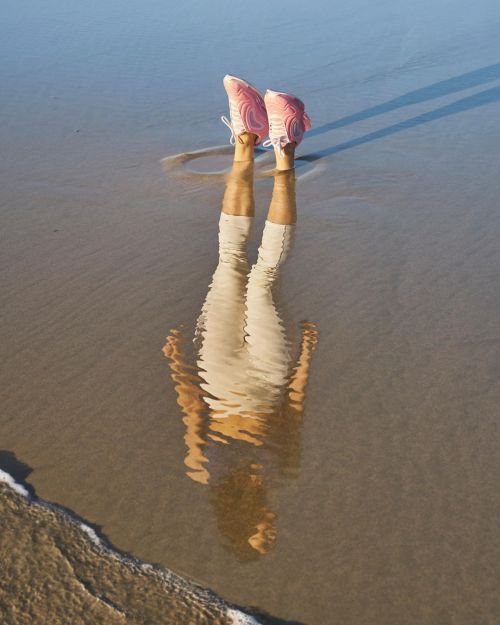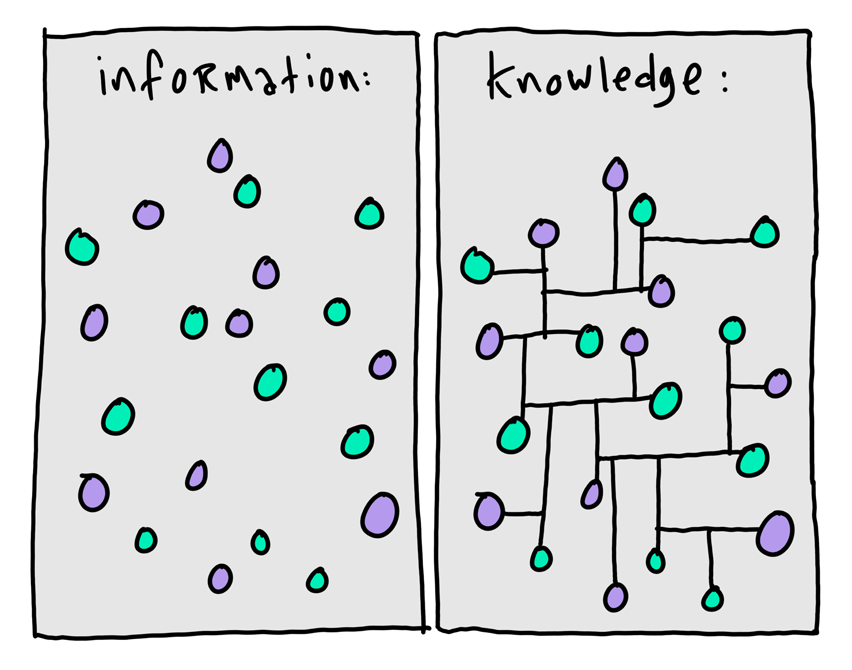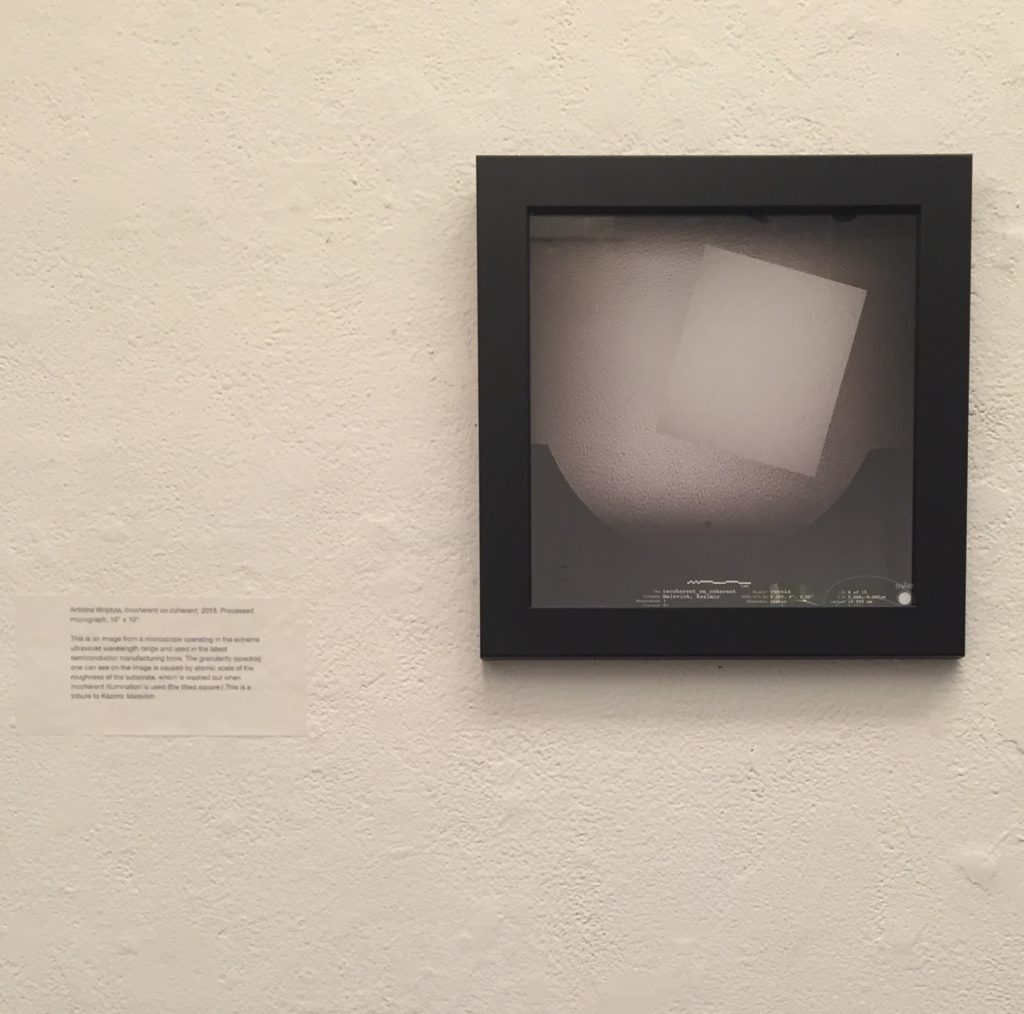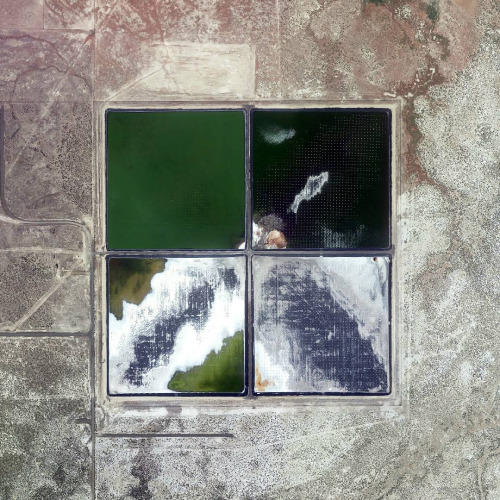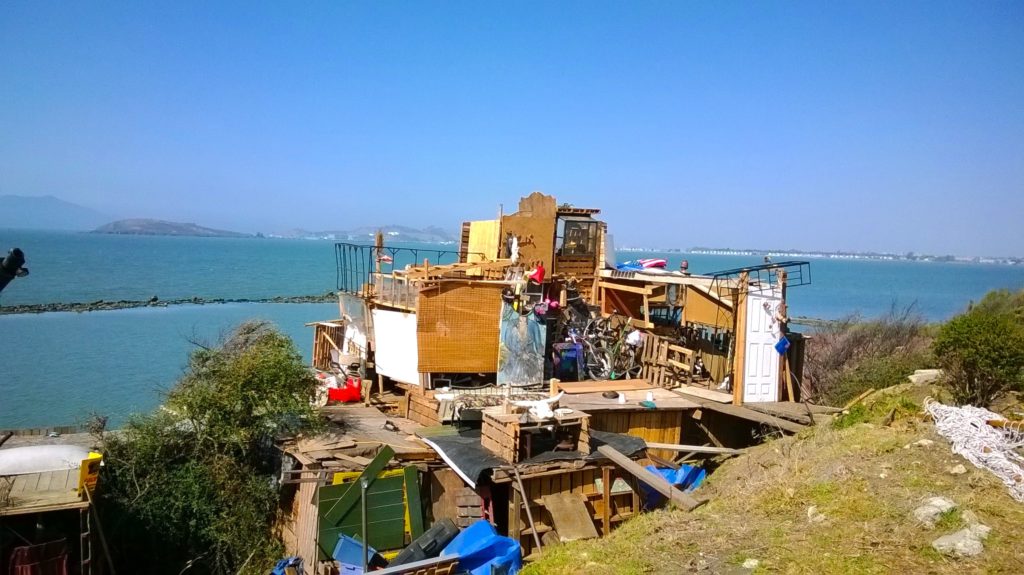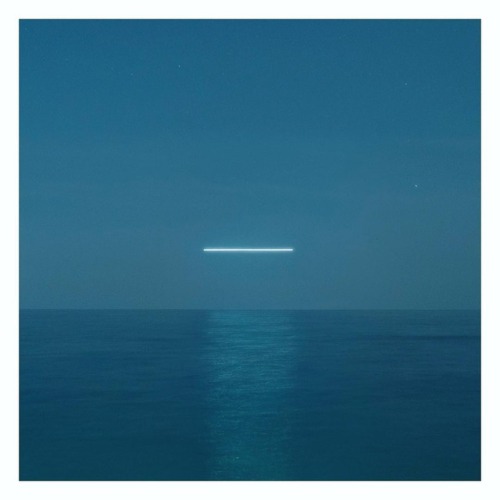On October 30th, 2019 I’ve organized an event at Manny’s (3092 16th St, San Francisco) on Science and Politics, with accomplished scientists Elaine DiMasi and Michael Eisen who chose to run for congress, in the wake of the 2016 US election, the Women’s March and the March for Science.
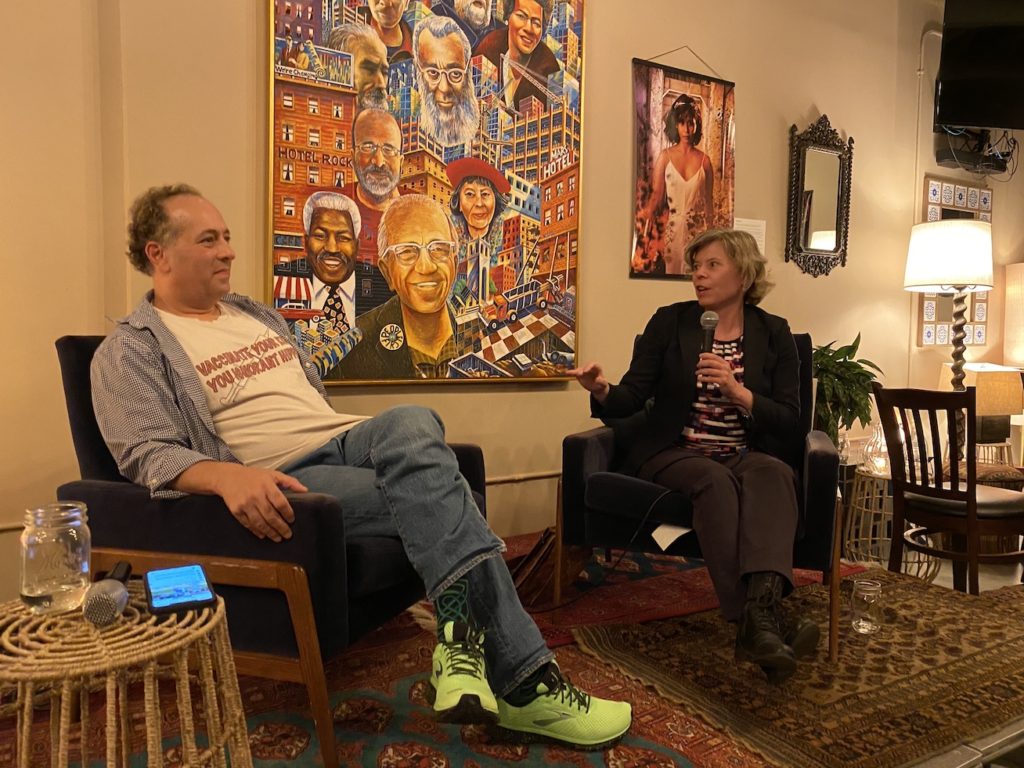
Dr. Michael Eisen and and Dr. Elaine DiMasi, who respectively ran for US Senate (CA) and US House of Representative (NY-1) , at Manny’s in San Francisco on October 30th, 2019
The setting was well suited for the speakers (Manny’s has held event for 17 out of the 20 Democratic candidates to the US Presidential election), and the two accomplished scientists shared many thoughts on their unsuccessful run. Needless to say, getting into the political arena is not an easy task, and it takes a lot of courage.
A man’s life is interesting primarily when he has failed — I well know.
For it’s a sign that he tried to surpass himself
— George Clemenceau
Of the wave of scientists who ran in 2018, few were elected, but it’s is hard to change a political machine that has been here for many decades on the first attempt.Trial, error, re-calibrate, try again. I hope to shortly provide a summary of lessons learned in a “Part 2” (I have a recordings of the event, but it’s low quality.)
While there is a lot of work done in the realm of science policy (how to inform our representative and make sure they make evidence-based decision)—groups such as the
Union of Concerned Scientists,
Engineers and Scientists Acting Locally (ESAL) or closer to me the
Berkeley Science Policy Group and interesting programs such as the
AAAS Science & Technology Policy Fellowships— very few scientists do engage politics frontally, as candidates.While other countries do have trained scientists at their helm (Angela Merkel from Germany and Xi Jinping from China are both doctors in Chemistry, and their respective term have been relatively successful up to this point), other countries not so much. Currently, Rep
Bill Foster (D-Il),
Steve Englebright (NY state assembly) and
Dan Kalb (Oakland City Council) are scientists in public offices;
Vern Ehlers and
Rush D. Holt were the first physicists to be elected in congress (party did not matter so much, Ehlers being a Republican and Holt a Democrat; see
College Professors Who Have Served in Congress – The Chronicle of Higher Education (June 2014) for a partial list)Interestingly, a few rising stars (or shining bright already!) of the Congress are professors (but not scientists):
Katie Porter,
Kirsten Sinema, Elizabeth Warren.
Jess Phenix is a geologist who has ran for the House of Representative; she has still been unsuccessful, but her time might come.
https://vis.sciencemag.org/midterm-science-candidates/
(edit 11/8/2019: note that Olivier Ezratty published a post on “Do we need more scientists and engineers in politics“, quite thorough (in French.) And if you speak French there’s this podcast on
Les sciences peuvent-elles aider la démocratie? (“Can sciences help democracy”) featuring Philippe Kourilsky (author of
De la science et de la démocratie) – I was a bit disappointed: it’s mostly about scientists helping democratically elected leaders, not participating in it, but at least there’s some conversation.
Continue reading →
